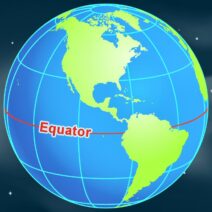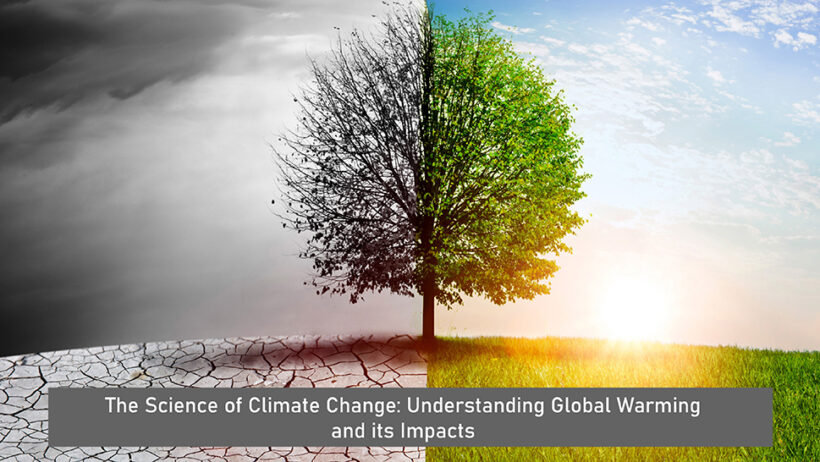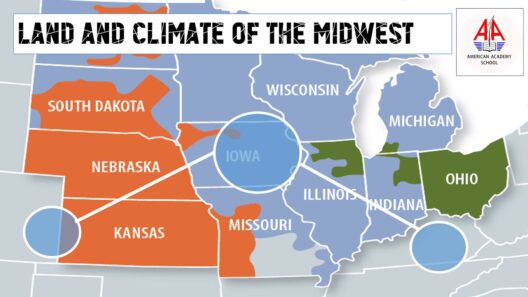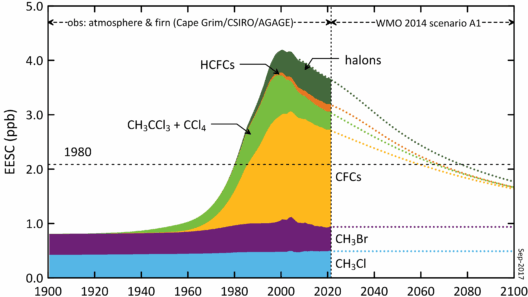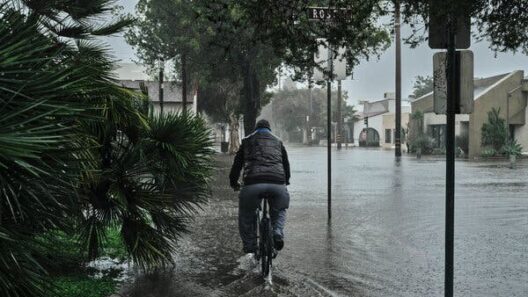The phenomenon of climate change is an incipient threat that presents itself diversely across the myriad regions of the United States. As policymakers and scientists grapple with this colossal issue, it is imperative to understand how global warming manifests locally, impacting ecosystems, economies, and communities. This exploration transcends mere statistics and indeed invites a paradigm shift in how we perceive our environment and the immediate effects of climate change on our daily lives.
To contextualize the implications of climate change, one must first delineate the peculiarities observed in various U.S. regions. The United States showcases a diverse tapestry of climates, from the arid deserts of the Southwest to the temperate climates of the Northeast and the humid subtropics of the Southeast. Each region faces unique challenges and changes attributed to global warming, thus necessitating a localized examination of climate impacts.
In the Northeast, increasing temperatures are precipitating a rise in precipitation events. This area has witnessed an uptick in severe flooding, which adversely affects infrastructure and ecosystems alike. The New Jersey coastline, for example, faces heightened risks of erosion and habitat loss due to both rising sea levels and increased storm intensity. The compounded effects of climate change may threaten diverse species, including the endangered piping plover, who relies on coastal habitats for nesting.
Meanwhile, the Southeast grapples with exacerbated hurricane seasons. Warmer ocean temperatures lead to more powerful storms, escalating the frequency and ferocity of hurricanes that devastate local economies and communities. The city of New Orleans, still reeling from the impact of Hurricane Katrina, remains vulnerable to flooding and storm surges. The economic ramifications are profound; recovering from such catastrophes invariably strains local and state budgets while jeopardizing livelihoods.
Transitioning westward, the arid Southwest encounters its own climate-related tribulations. Diminishing water resources and prolonged droughts place significant stress on agriculture and drinking water supplies. The Colorado River, a lifeblood for this region, has steadily shrunk due to increased evaporation and reduced snowfall, jeopardizing both agricultural yields and ecosystem vitality. These hydrological alterations not only threaten resource sustainability but also engender tensions over water rights among states.
In stark contrast to the arid conditions of the Southwest, the Pacific Northwest has witnessed an increase in precipitation, contributing to flooding and landslides. Interestingly, warmer winters have led to a decline in the snowpack, which is critical for maintaining river flows during the warmer months. The iconic Pacific salmon, a keystone species in the region, faces habitat loss due to altered river systems and increased water temperatures. The ripple effects of climate change on fish populations critically affect local fishing industries and the broader ecosystem balance.
Midwestern states have not been exempt from the ramifications of climate change. The agricultural heartland of the U.S. increasingly experiences erratic weather patterns. Excessive rainfall can lead to poor crop yields, while prolonged droughts threaten farmers’ livelihoods. Moreover, the prevalence of extreme weather events has heightened the risk of soil erosion and nutrient depletion, jeopardizing future agricultural productivity and food security.
The impacts of climate change are not merely confined to natural systems; socio-economic dynamics are equally ensnared. Vulnerable populations, particularly those in urban centers and economically disadvantaged areas, are disproportionately beset by climate impacts. In cities like Chicago, heatwaves exacerbate public health crises, highlighting the intersection of climate justice and social equity. Communities with limited resources often lack the infrastructure or capacity to adapt to climate change, thereby intensifying existing inequities.
From an ecological perspective, the implications of climate change are far-reaching. Biodiversity, habitat preservation, and ecosystem services face unprecedented threats. Invasive species often thrive in warmer temperatures, disrupting native plant and animal communities. Moreover, shifts in migration patterns among species disrupt traditional ecosystems and challenge conservation efforts. The interconnectedness of ecological networks means that a decline in one species can catalyze a cascade of adverse impacts throughout the system.
Central to effectively addressing climate change is recognizing and embracing the diversity of regional challenges and responses. Tailoring climate action strategies to regional needs is essential. Utilizing local knowledge and engaging communities in decision-making processes can enhance resilience and adaptive capacity. Furthermore, fostering collaboration between local governments, NGOs, and citizens can cultivate innovative solutions to counteract the local impacts of global warming.
As we navigate this complex landscape, it becomes clear that the future of our environment hinges on our capacity to adapt and innovate. Critical inquiry into local climatic impacts will not only enhance our understanding of global warming but also galvanize action. The resounding evidence urges us to act decisively, augmenting our collective response to one of the most pressing challenges of our time.
Ultimately, comprehending the regional implications of climate change proffers an opportunity for a revolutionary shift in perspective. Through awareness, engagement, and action, individuals and communities can become bastions of hope and resilience. Embracing this challenge is not merely an obligation; it is a profound opportunity to forge a sustainable future for generations to come.


